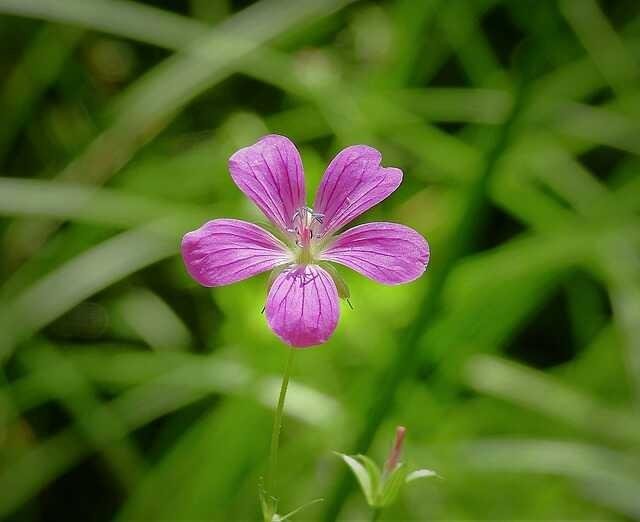Hi friend steemit: In this post I introduce you to chicory:

The chicory is one of the species of the genus Cichorium in the Asteraceae family (indeed still brothers with daisies and sunflowers, anyway, hehe ...). Chicory has beautiful flowers, generally clear blue, but some are white or pink. I call it "flowers on the roadside" because in the original region of Europe, North Africa and West Asia, this plant is commonly found wild life on the roadside.
Chicory is a perennial plant that has some varieties, and is often said to be a mustard greens, although the mustard greens are a common name for Brassica rapa. At the beginning of its growth, the pattern of chicory leaf appearance is similar to the mustard greens. Then, after enough age (about 1-2 bln.) This plant will do bolting or remove the water branch for flowering. Flowering time (after bolting), chicory has a strong rod, a hole in the inside, and a little hairy with a height of 30 - 100 cm.
Chicory flowers are also among the earliest plants listed in the literature. Histori says that this plant has been cultivated since the days of Ancient Egypt. Around the Middle Ages, some monks also planted chicory in Europe. Chicory is known by a variety of names: chicon, witloof, radicchio, belgian endive, or frisée, and used leaves and shoots as well as vegetables. The bitter taste of chicory leaves is also favored and often used in specific dishes eg preboggion in Italy and horta in Greece. Chicory flowers can also be consumed and often combined into salads.
All sides of the chicory flower plant can be used, but chicory is more popular because of its roots that are used as well as additives in coffee. When coffee began to be introduced in Europe, the Dutch commonly mixed chicory into his coffee pot. Lord Monboddo - a judge of all the philosophers from Scotland - tells us that in th. 1779, this plant began to be known in France as well as "chicoree", where the French cultivate it also as a potted plant. In Napoleon's time, chicory is often seen as an addition to coffee as well as a substitute for coffee. In th. 1840, chicory is also used as a substitute for coffee by the confederate army when the American civil war, "coffee" chicory is then so common in the United States, especially in New Orleans. After that, in Great Britain known by the meaning of Camp Coffee - a combination of chicory extract and coffee - which was popular during World War II, although it has actually been on sale since th. 1885.
In general, chicory is thought to be healthful because chin-free chicory is safe to eat, beyond that chicory root also has many benefits including: Having a Vitamin C content called powerful antioxidants can avoid jaundice (yellow disease) and enlargement of the liver is sedative (sleeping pills) as well as anti-inflammatory natural, avoid the formation of gall stones and liver stone is a source of inulin as well as good bacteria feed in the intestine is also a source of fiber, to maximize blood sugar content and facilitate defecation.